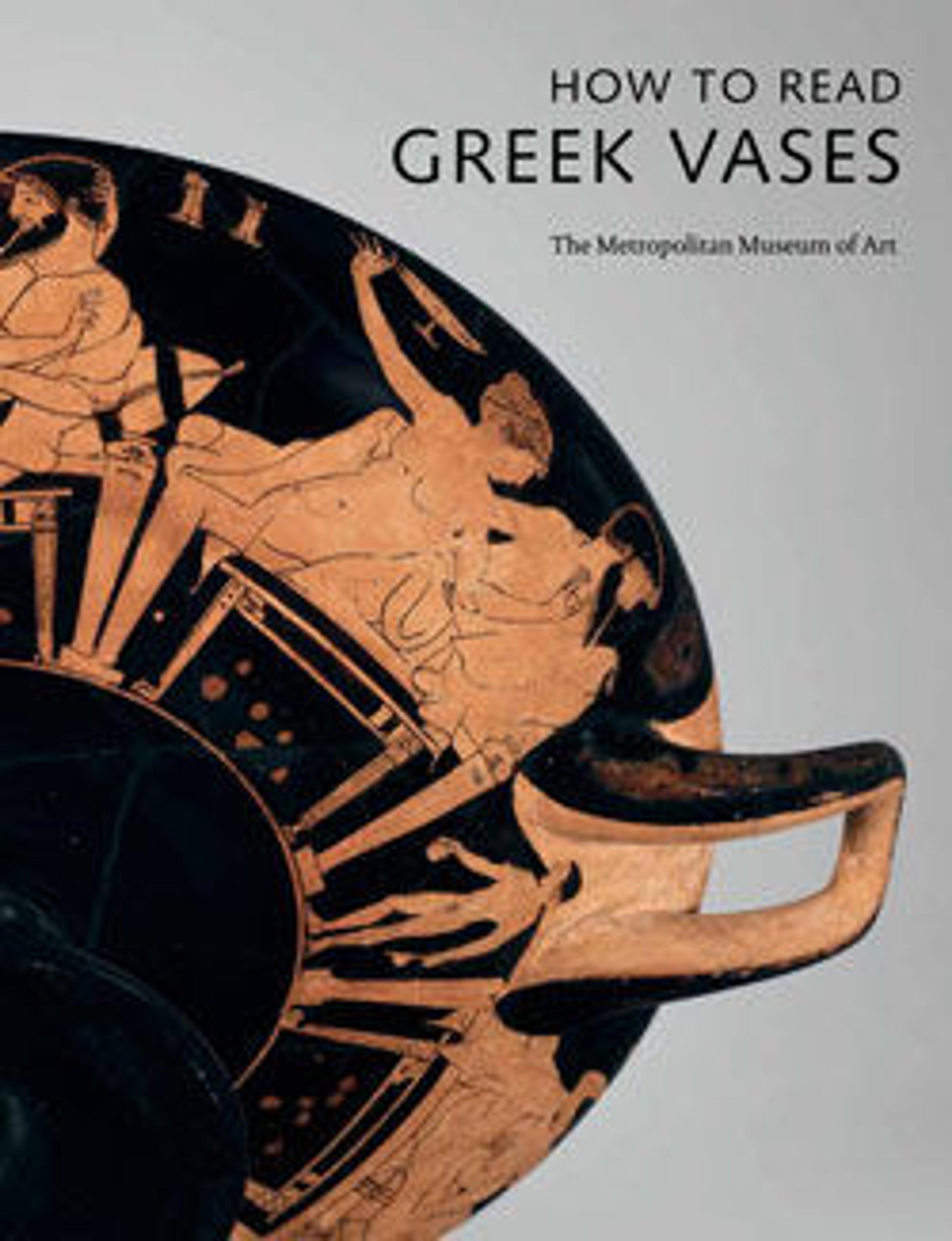Terracotta skyphos (deep drinking cup)
Obverse, woman and Oscan warrior
Reverse, woman and youth
The CA Painter was the leading artist of a large Campanian workshop situated at Cumae rather than Capua. The frequent representation of Oscan warriors indicates the different environment. The Oscans were the original inhabitants of the region of Campania, and their language continued to be spoken until the first century B.C. The tripartite breastplate and the helmet with a crest and plumes are characteristic equipment of the warriors.
Reverse, woman and youth
The CA Painter was the leading artist of a large Campanian workshop situated at Cumae rather than Capua. The frequent representation of Oscan warriors indicates the different environment. The Oscans were the original inhabitants of the region of Campania, and their language continued to be spoken until the first century B.C. The tripartite breastplate and the helmet with a crest and plumes are characteristic equipment of the warriors.
Artwork Details
- Title: Terracotta skyphos (deep drinking cup)
- Artist: Attributed to the CA Painter
- Period: Late Classical
- Date: ca. 350–325 BCE
- Culture: Greek, South Italian, Campanian
- Medium: Terracotta; red-figure
- Dimensions: H. 9 3/4 in. (24.8 cm)
- Classification: Vases
- Credit Line: Edward C. Moore Collection, Bequest of Edward C. Moore, 1891
- Object Number: 91.1.444
- Curatorial Department: Greek and Roman Art
More Artwork
Research Resources
The Met provides unparalleled resources for research and welcomes an international community of students and scholars. The Met's Open Access API is where creators and researchers can connect to the The Met collection. Open Access data and public domain images are available for unrestricted commercial and noncommercial use without permission or fee.
To request images under copyright and other restrictions, please use this Image Request form.
Feedback
We continue to research and examine historical and cultural context for objects in The Met collection. If you have comments or questions about this object record, please complete and submit this form. The Museum looks forward to receiving your comments.
